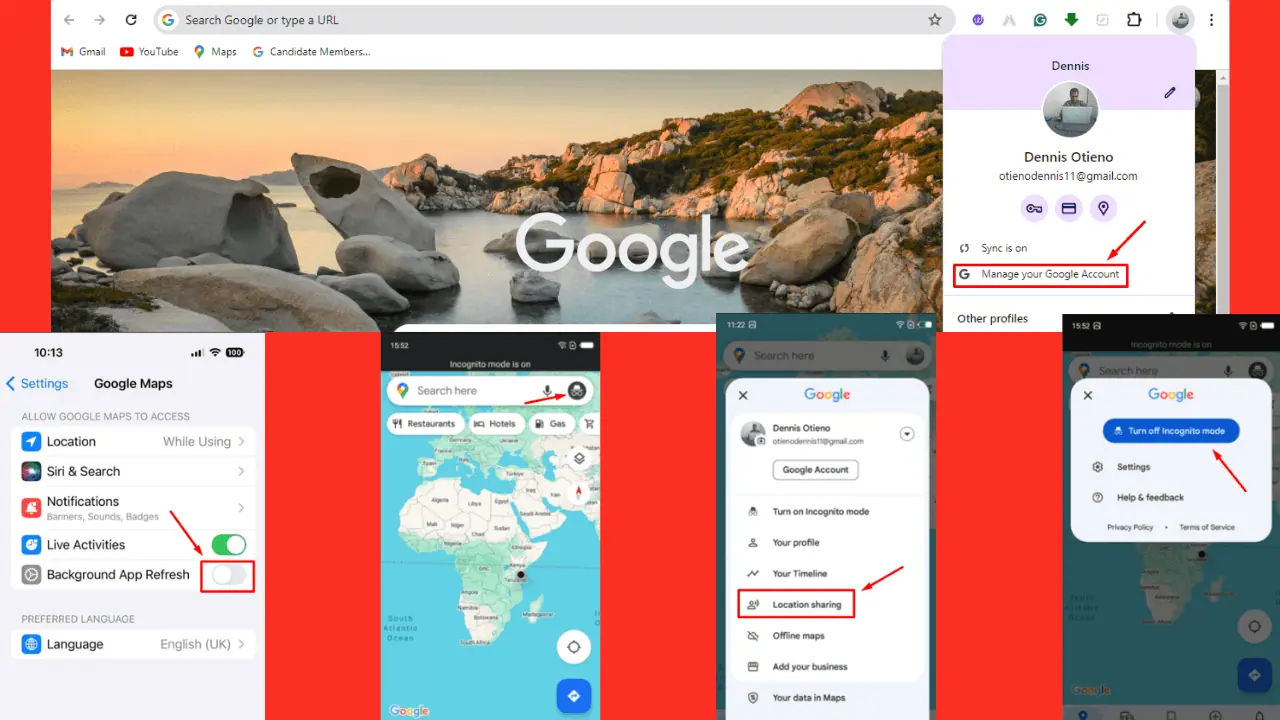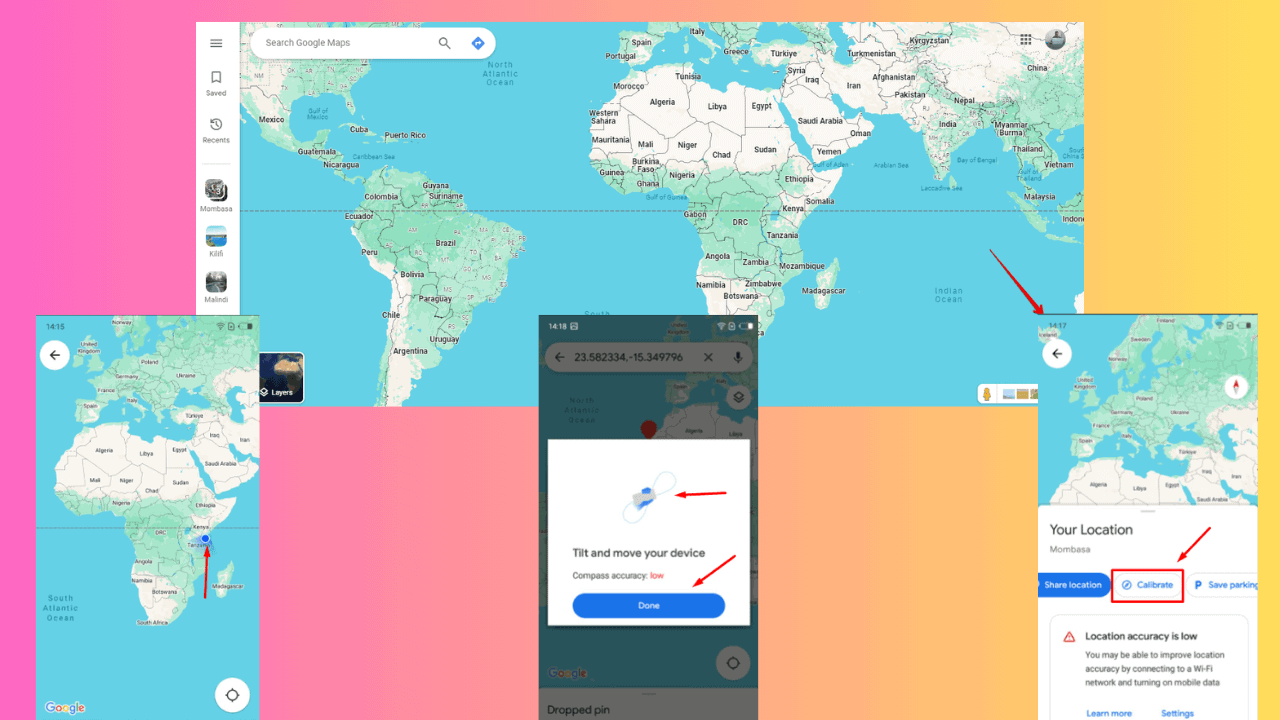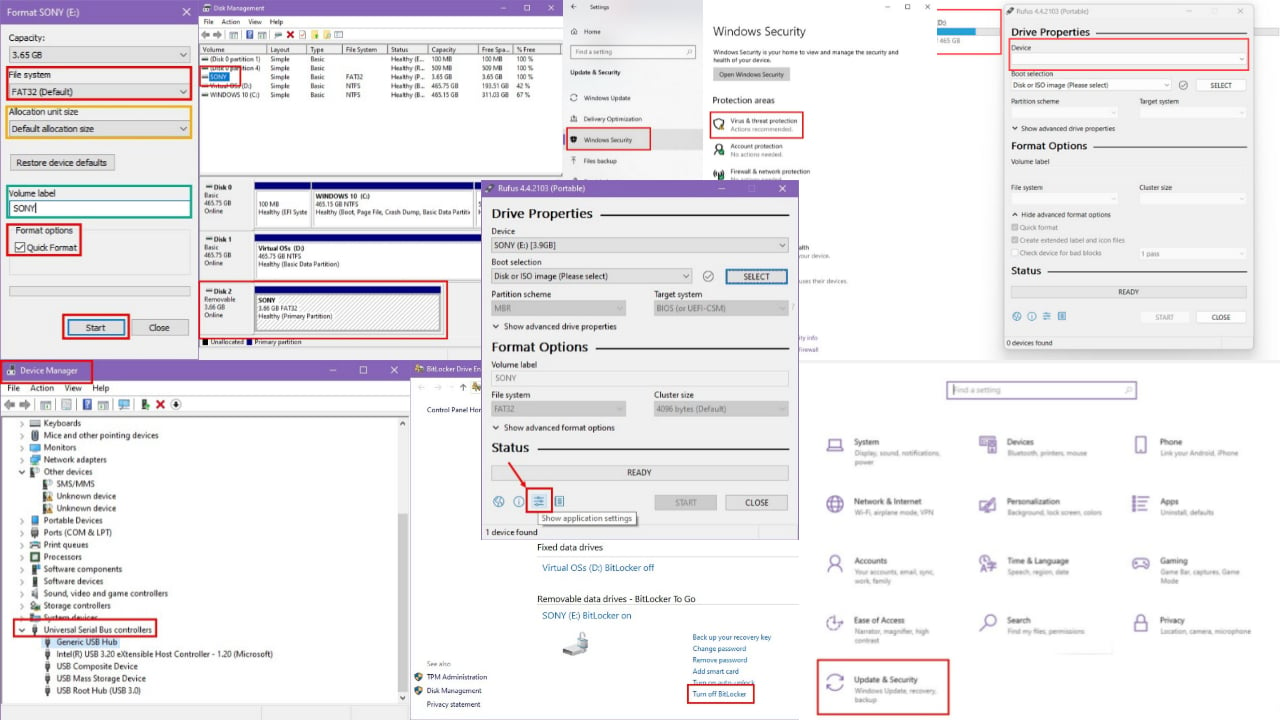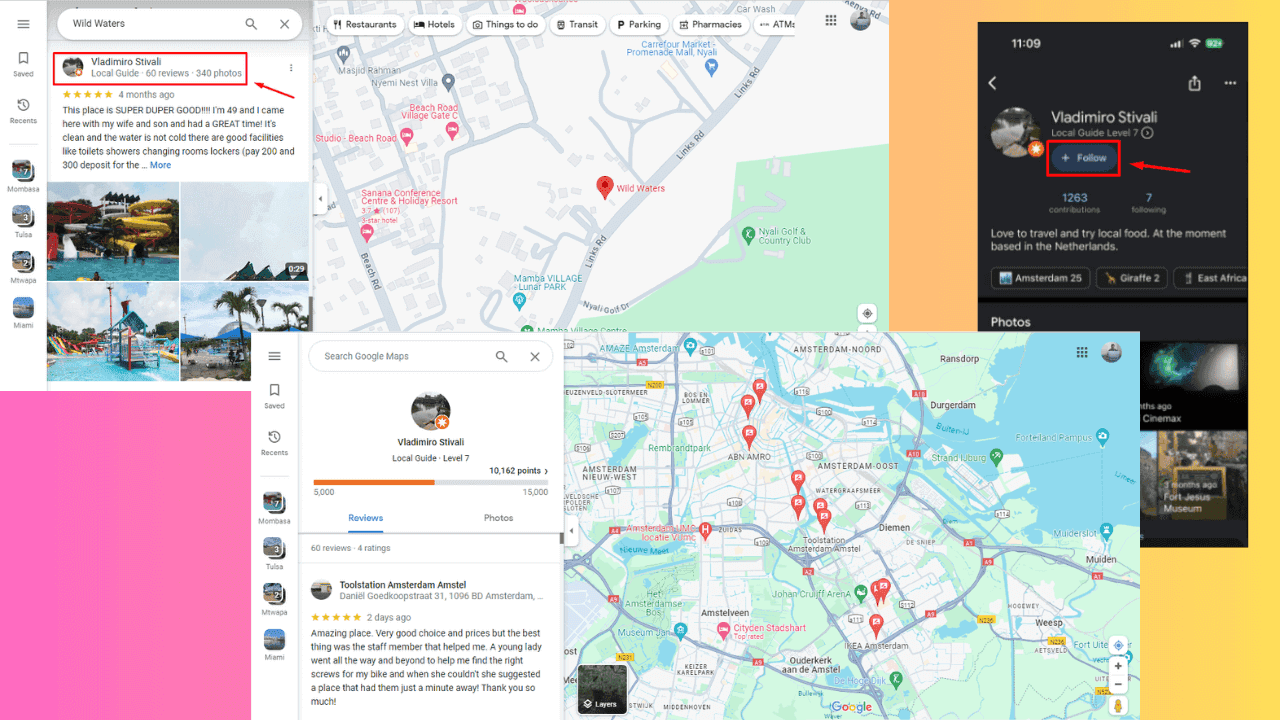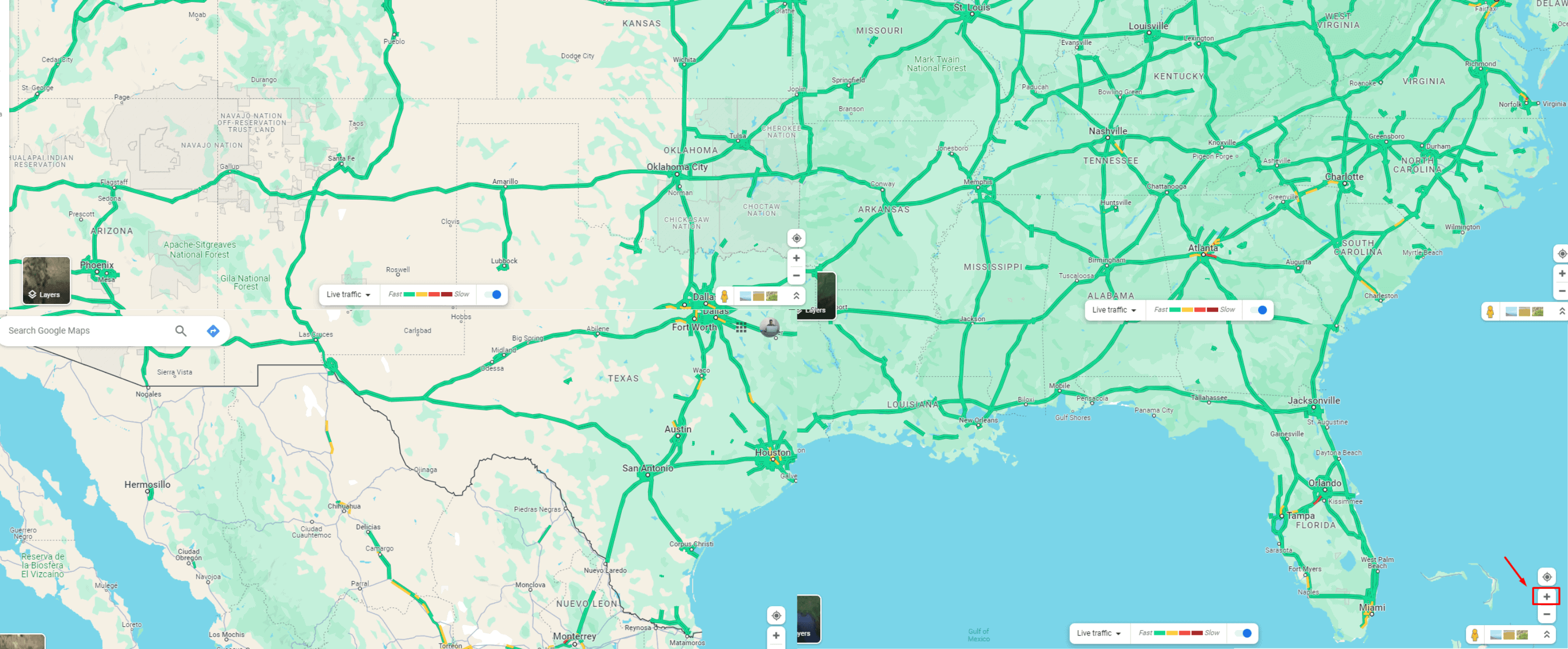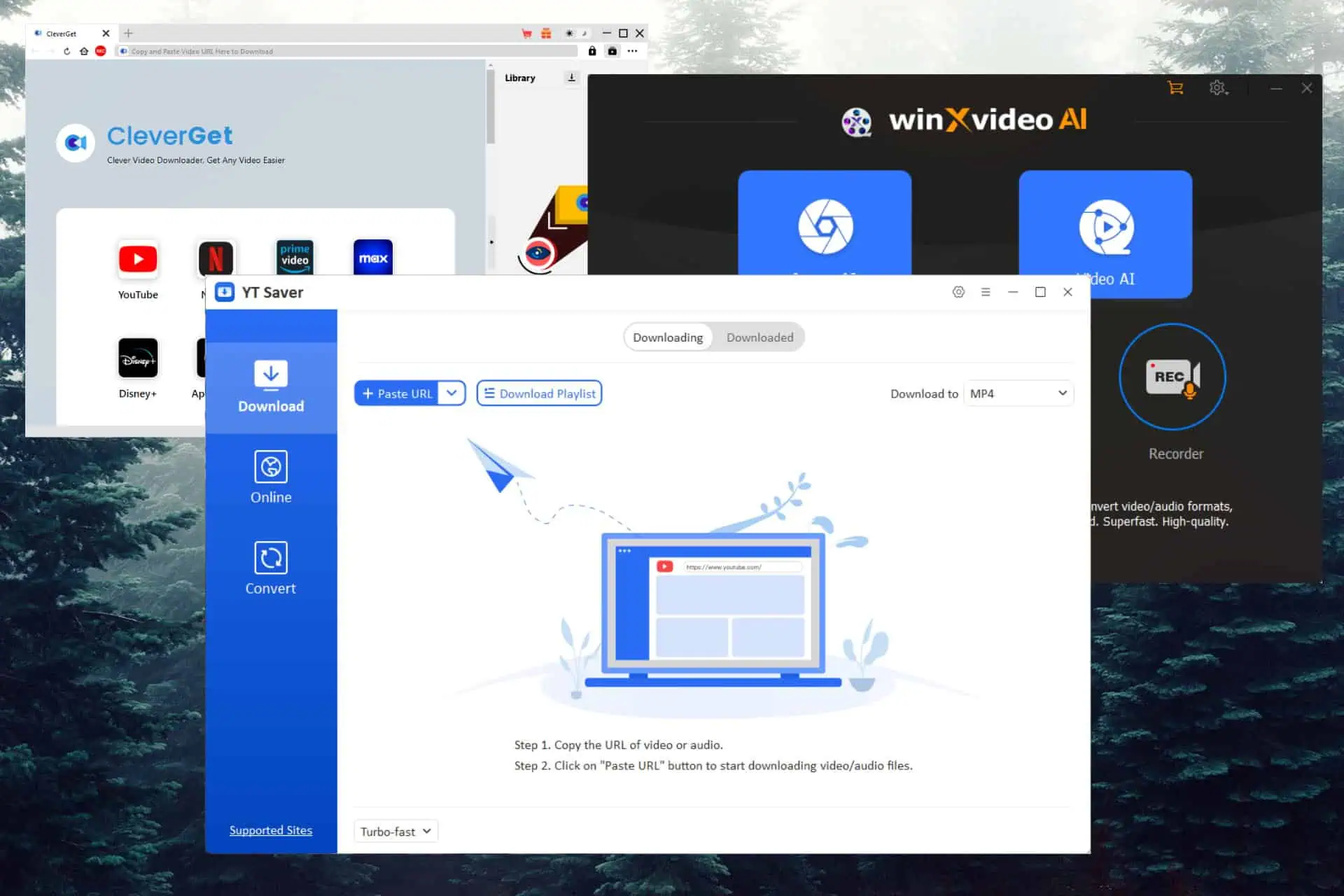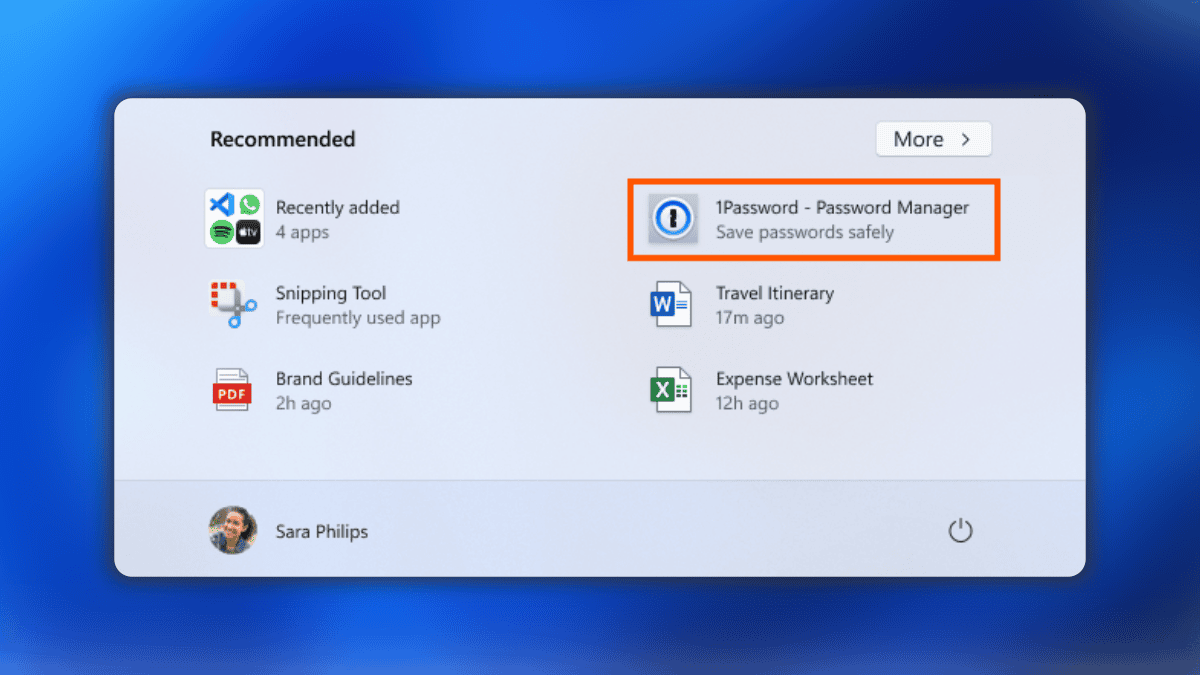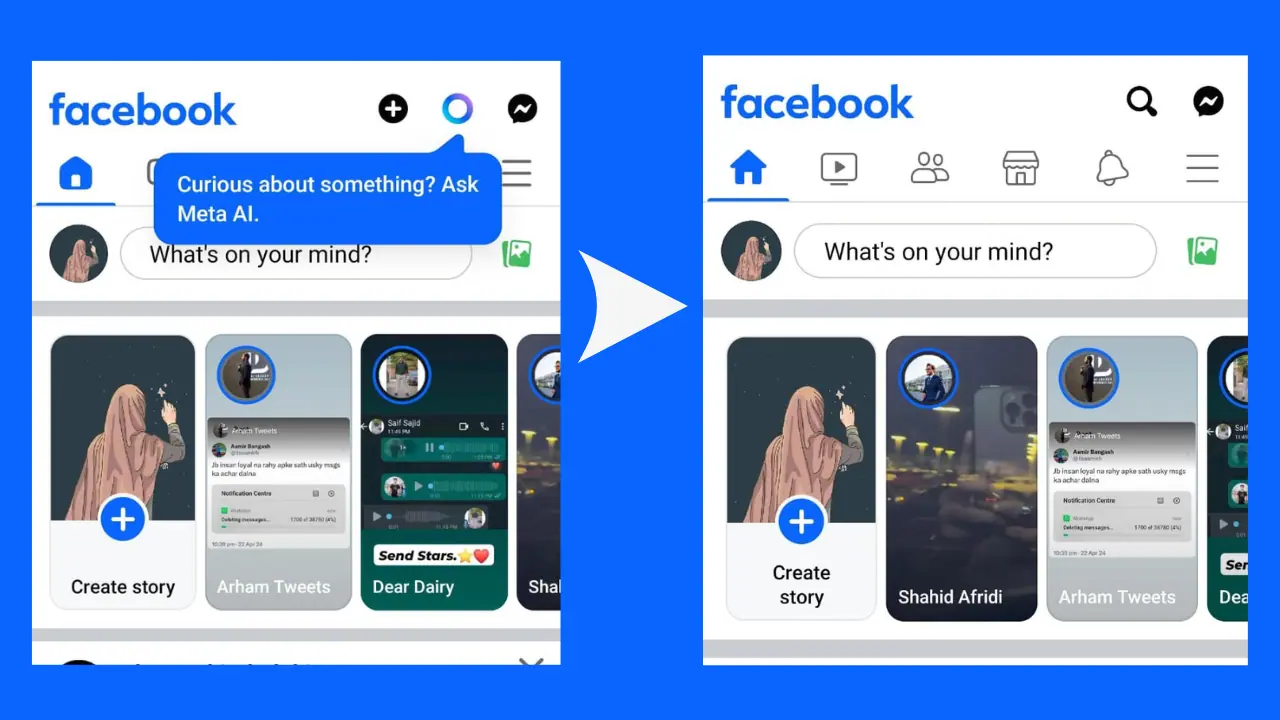Windows 10 Doesn't Recognize USB? 10 Ways to Fix It
6 min. read
Updated on
Read our disclosure page to find out how can you help MSPoweruser sustain the editorial team Read more
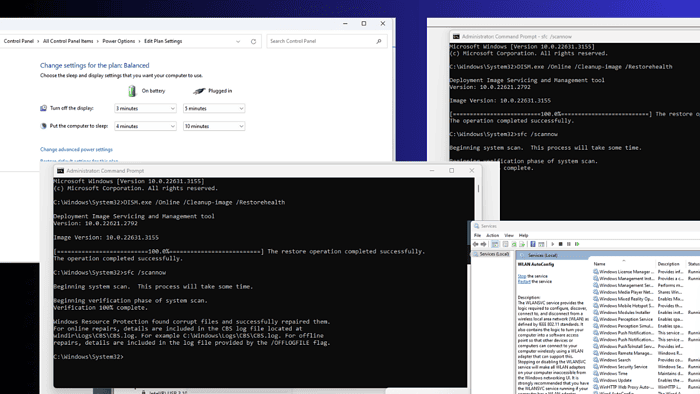
Windows 10 doesn’t recognize USB? That’s an issue I’ve faced several times and I know how annoying it can be.
That’s why, I decided to help you out with 10 easy ways to fix it.
But first:
Why Windows 10 Doesn’t Recognize USB?
In most cases, Windows 10 doesn’t recognize your USB due to corrupt or outdated drivers. Other reasons include:
- Corrupted system files in your Windows operating system.
- Pending Windows 10 updates.
- Damaged or non-functional USB port.
- Outdated, corrupted, or damaged USB controllers or root hubs.
- Disabled advanced power settings or enabled selective suspend settings.
I’d recommend you test the USB device on another machine to establish whether the issue is with the system or the peripheral.
Fix Windows 10 Doesn’t Recognize USB
Before going for more complex solutions, restart your machine and plug your USB into a different port. If this fails, try the following fixes:
1. Run the Hardware and Devices Troubleshooter
This Windows tool will scan your PC for hardware and device issues and fix them if it finds any
- Go to Start, type command prompt, and select Run as administrator
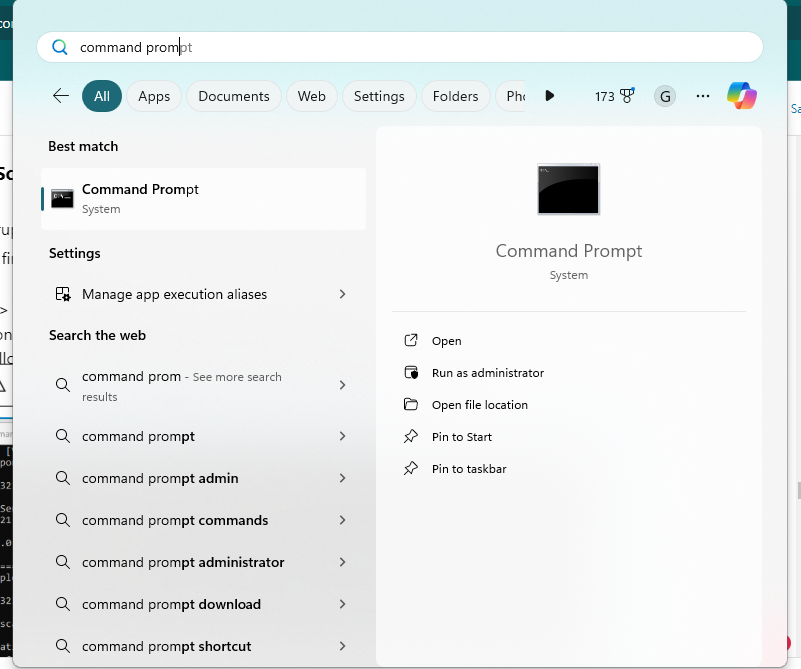
- Paste the following command: msdt.exe-idDeviceDiagnostic and hit Enter.
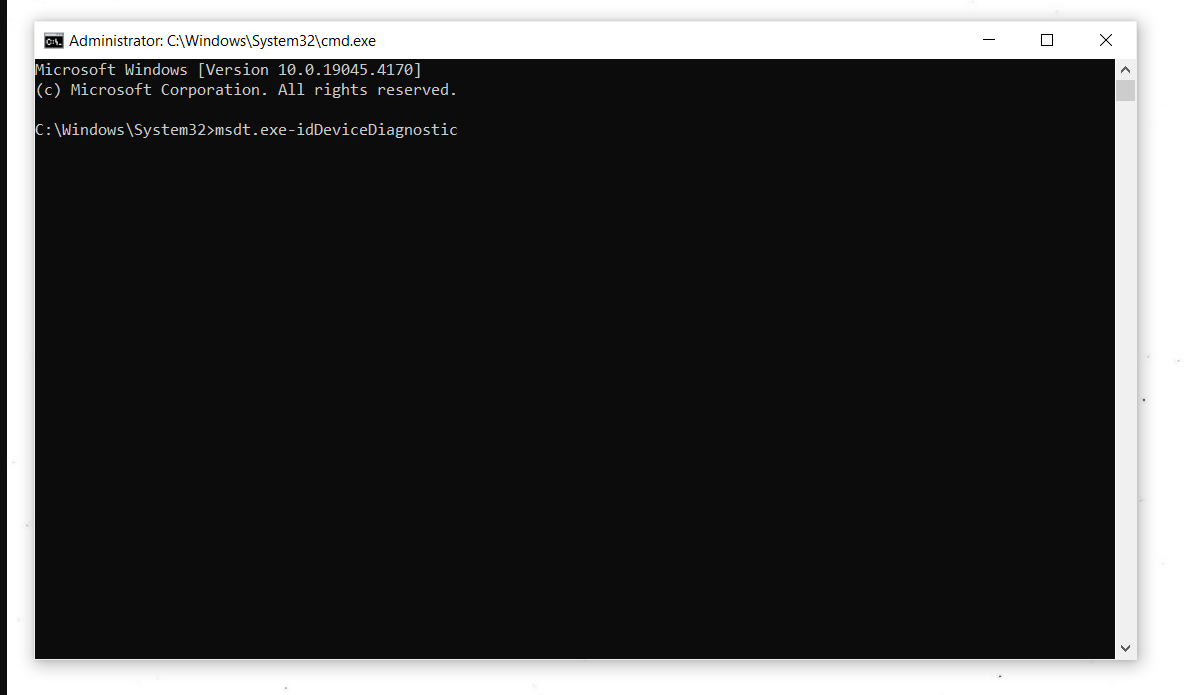
- Wait for the tool to scan your machine.
- If it suggests a solution, hit Apply this fix.
2. Reinstall the USB Driver
If your USB driver is corrupted or unstable, it might be a good idea to reinstall it:
- Go to Start > Device Manager and scroll down to Disk Drives.

- Right-click on the USB drive and click on Uninstall > OK.
- Once the USB drive is uninstalled, unplug it and wait for 30–60 seconds.
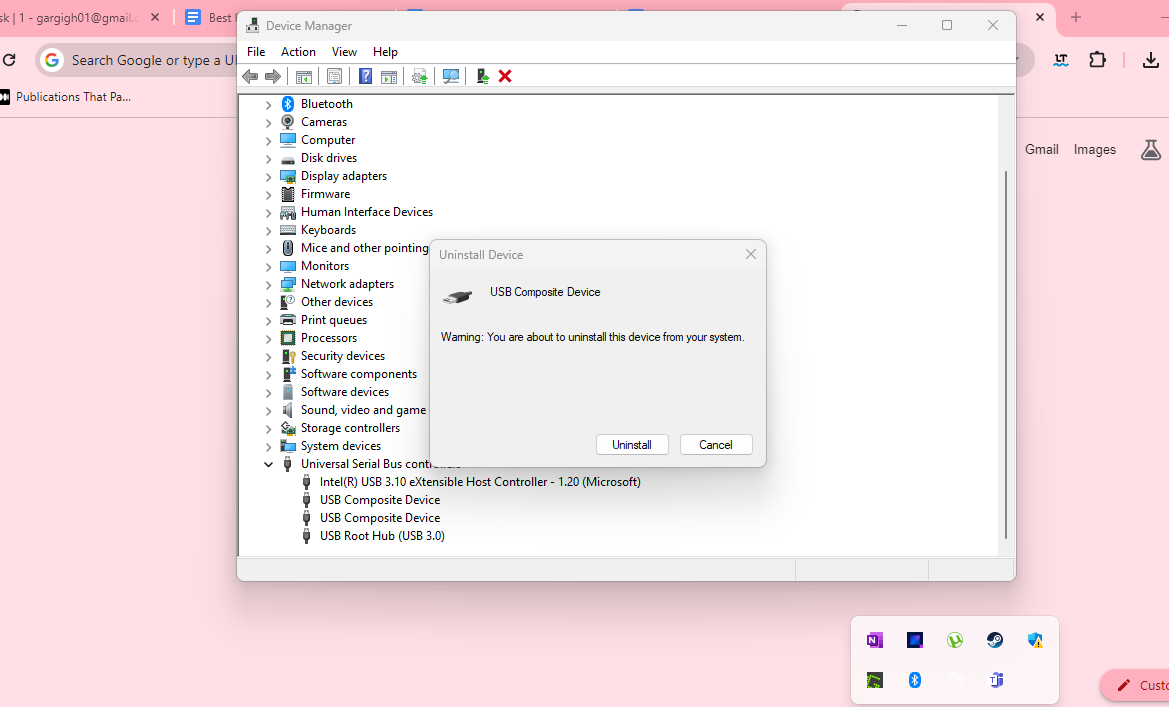
To reinstall it, all you have to do is reconnect the USB and the driver will automatically load.
3. Install Pending Windows Updates
Your Windows 10 PC might not be recognizing the USB driver if your system is outdated.
To update your OS:
- Go to Settings > Windows updates > Check for updates.
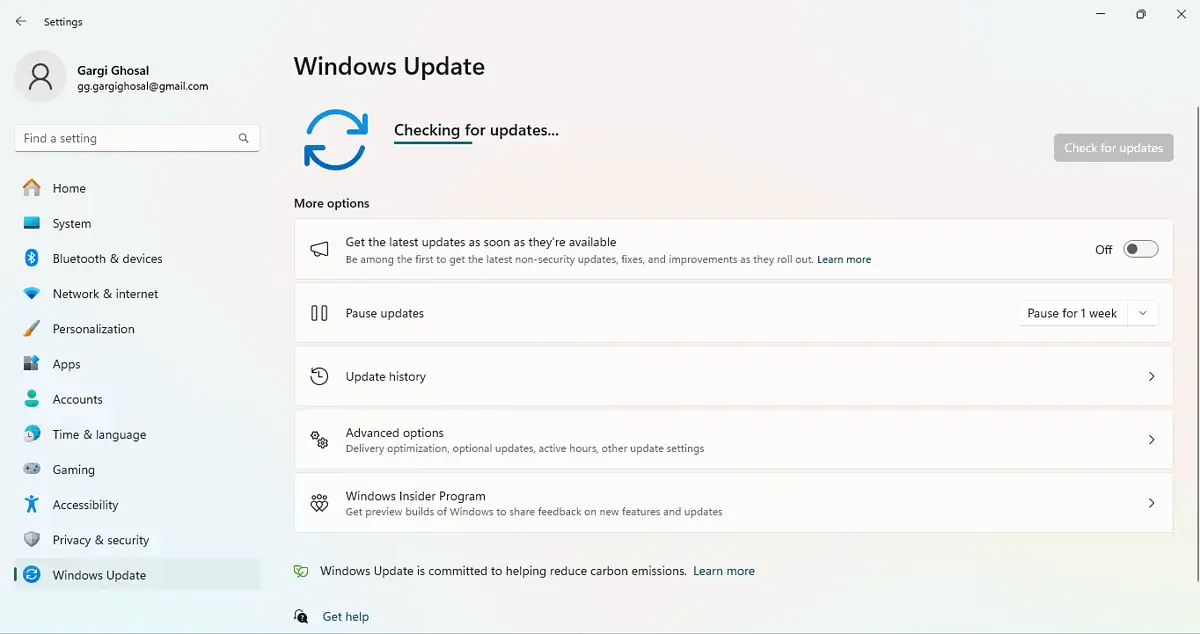
- After the scan is done, you can review optional updates and choose the one you want to install.
- You can also click on Download & install all.
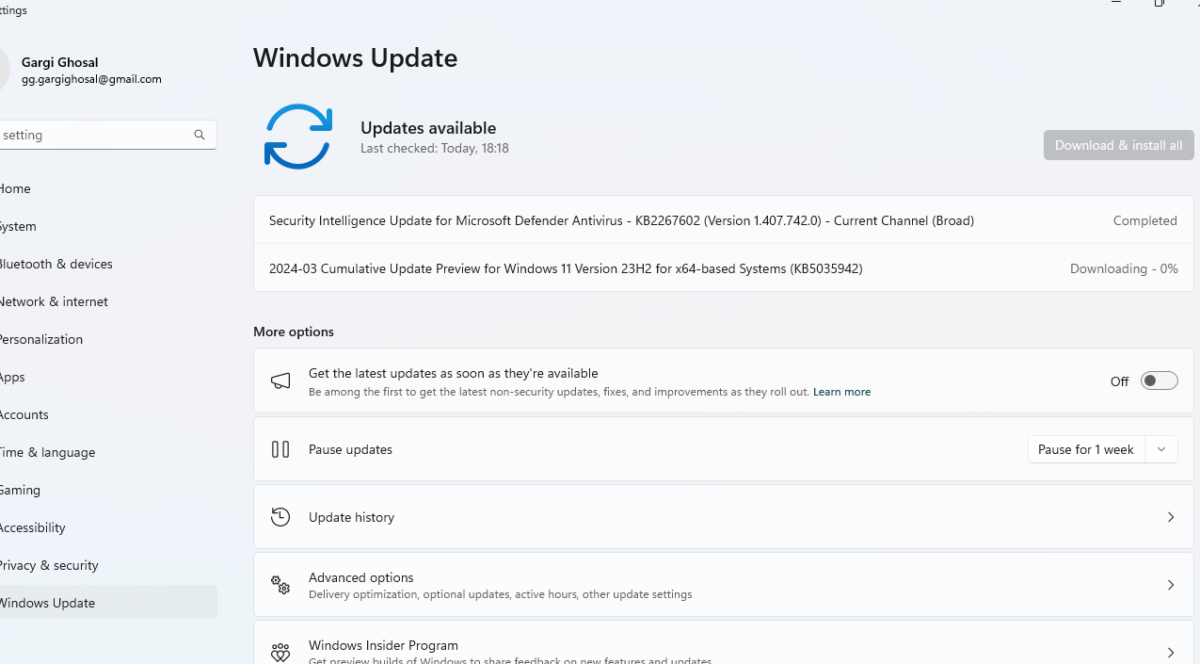
- You might be prompted to review the license agreement. In that case, click on I Accept.
- Restart your machine if prompted.
In most cases, a pending Windows update will resolve the issue. If not, proceed to the next solution.
4. Reinstall USB Controllers
Reinstalling USB controllers can help if they’ve been corrupted. To do that:
- Go to Start and look up Device Manager.
- Scroll down to Universal Serial Bus Controllers and right-click to uninstall the device.

- You can uninstall multiple drivers, or even update them here.
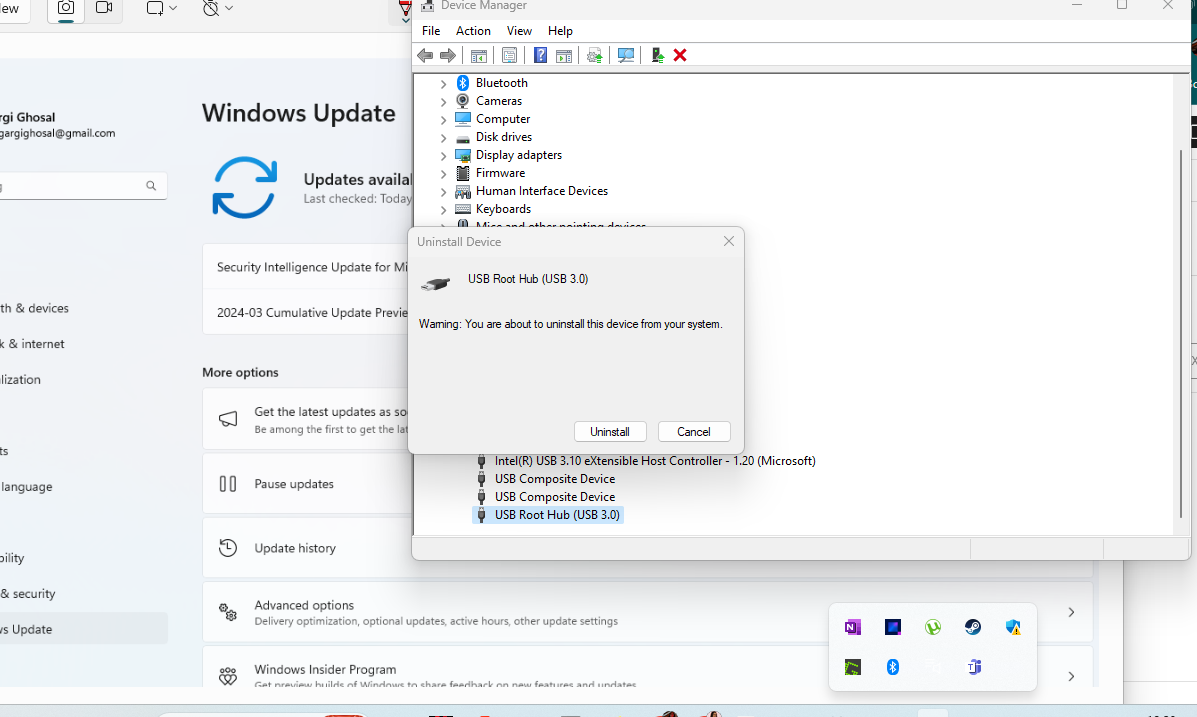
- Once done, restart your PC and plug in the USB cable to have the controllers installed automatically.
5. Update the Chipset Drivers
Chipset drivers enable your PC’s motherboard to connect and interact with various components, including USB ports. Updating them might resolve the issue:
- Click on Start > Settings > Device Manager.
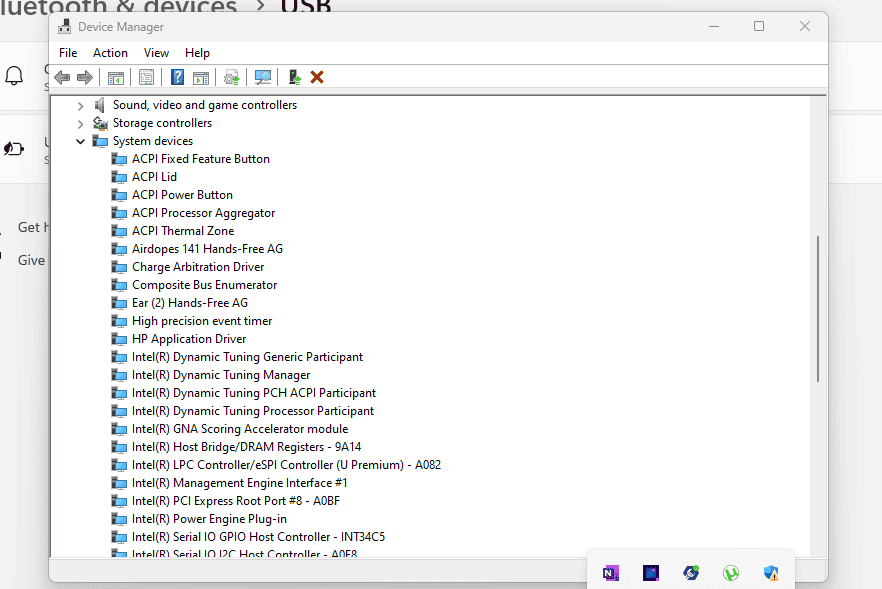
- Go to System Devices and locate the drivers.
- Right-click on each to update them.
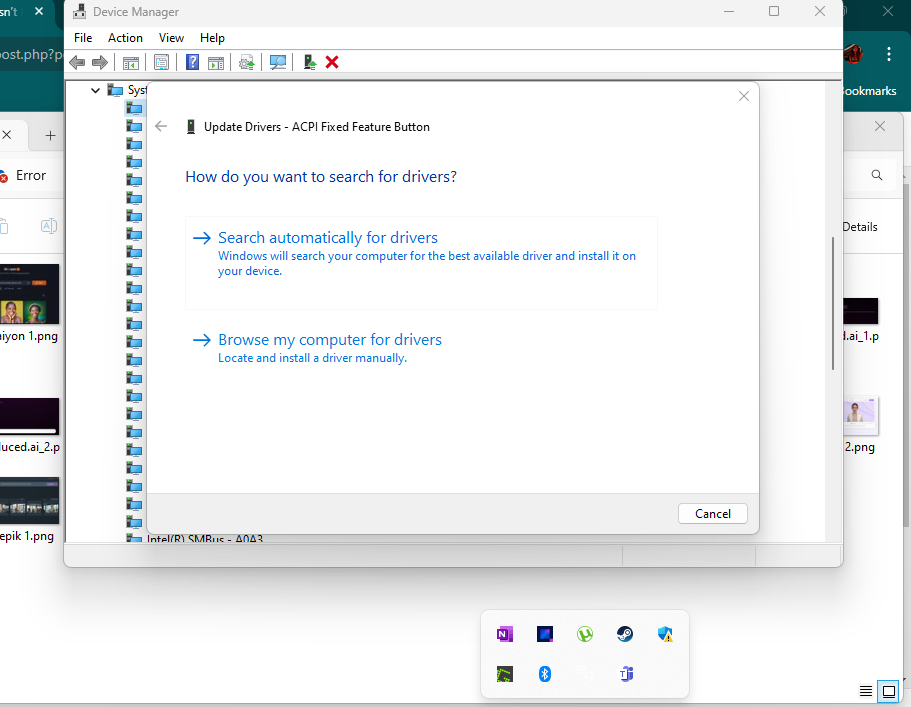
While updates usually happen automatically, sometimes you might have to perform them manually. You can also explore driver updater software for Windows 10, such as PC HelpSoft Driver Updater, to update your drivers automatically with the latest versions.
6. Change Power Management
If your USB device isn’t getting enough power, your Windows 10 will have issues recognizing it.
- Go to Start > Control Panel > Device Manager > Universal Serial Bus Controllers.
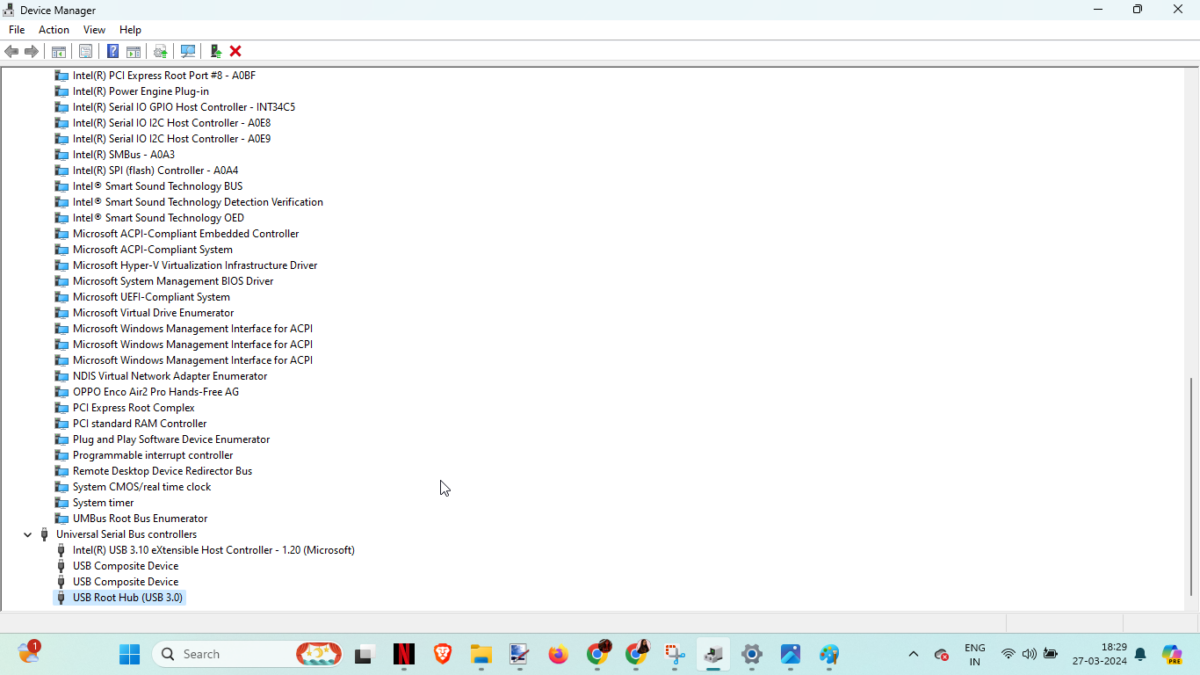
- Click and expand the options, to find the USB root hub and right-click on it.
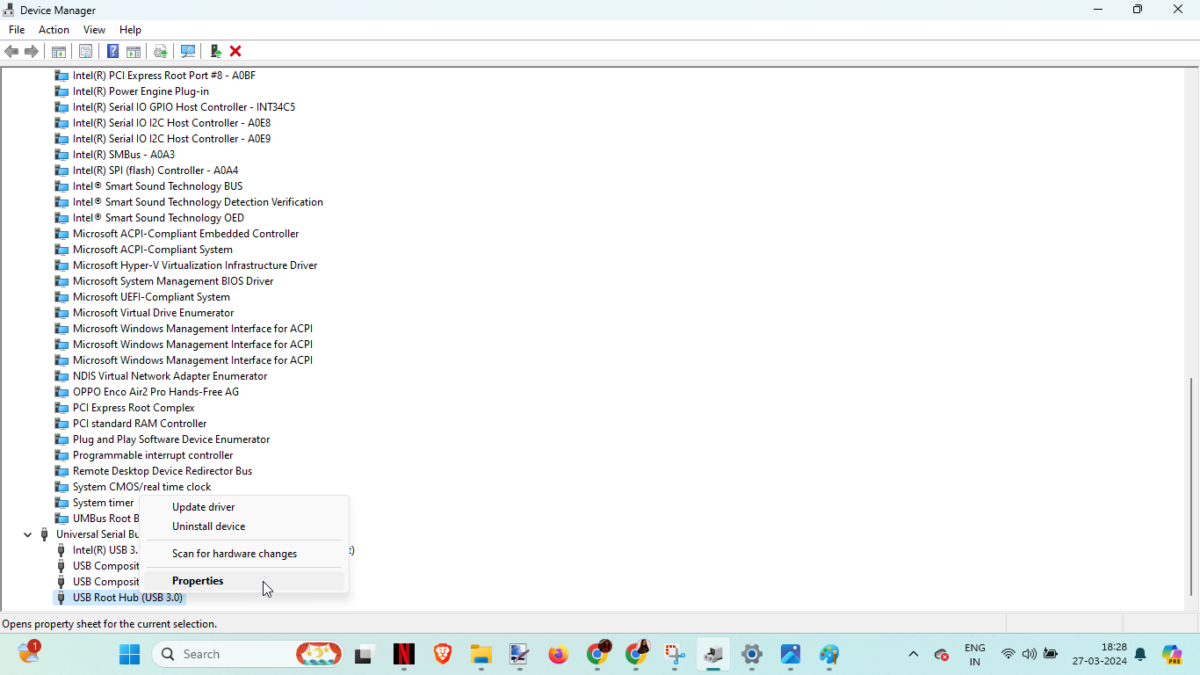
- Go to Properties > Power Management.
- Uncheck Allow this computer to turn off this device to save power.
- Click OK to save your changes and repeat the steps if you have multiple USB root hubs.
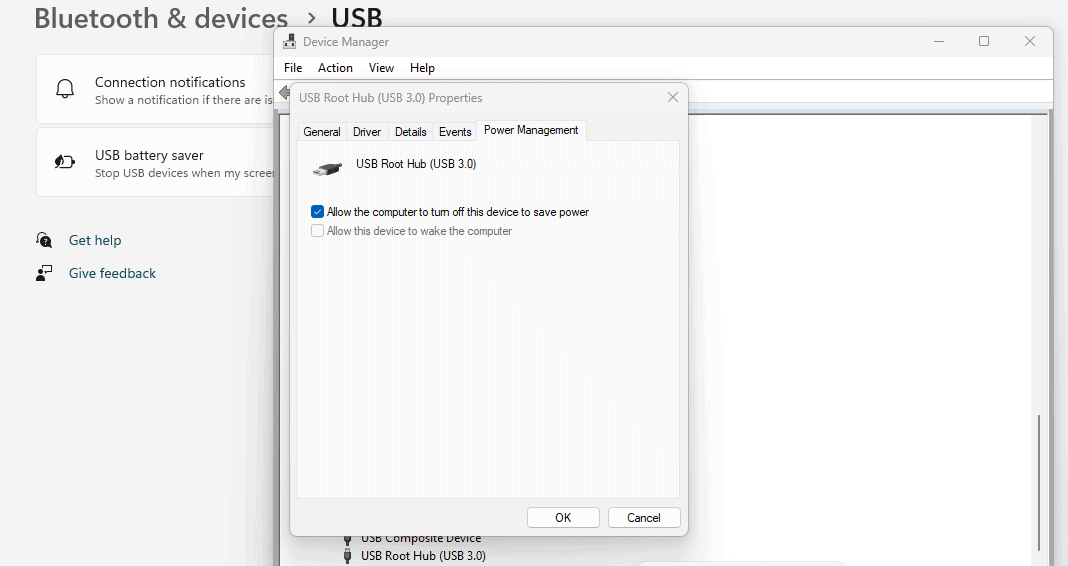
7. Change Advanced Power Settings
USB selective suspend settings can help you suspend one USB port. To make sure this isn’t messing with your ports:
- Go to Start > Control Panel > Power Options.
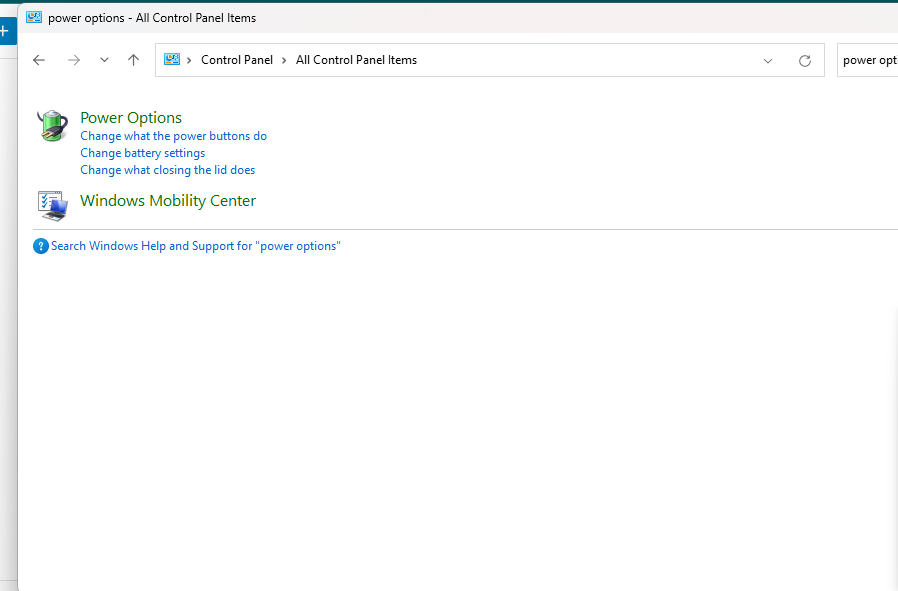
- Click on Change Plan Settings > Change Advanced Power Settings.
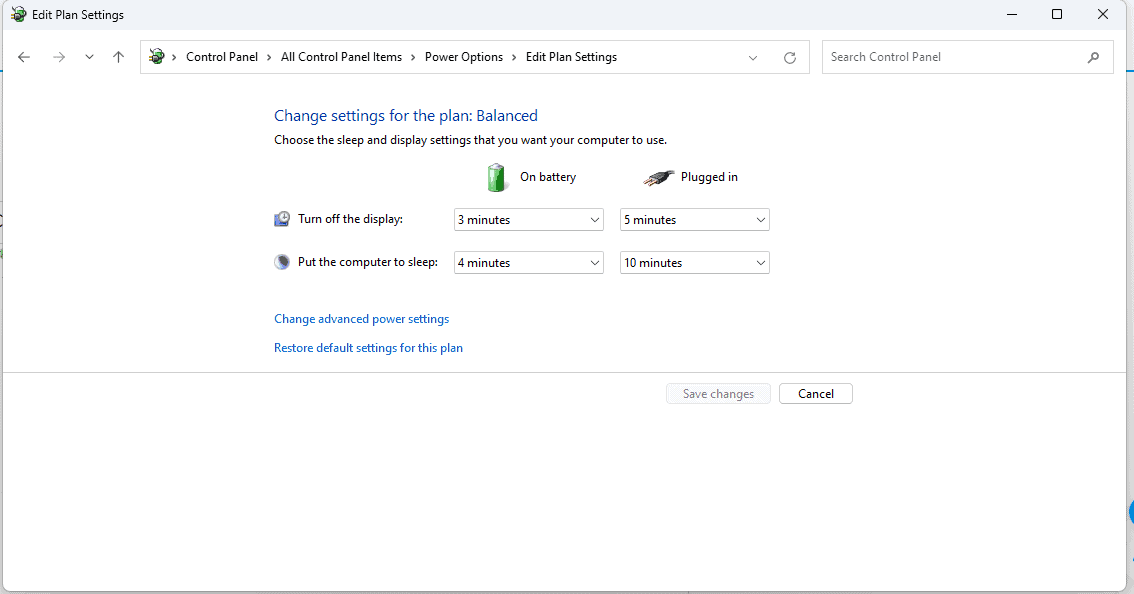
- Go to USB Settings > USB Selective Suspend Settings.
- Make changes so that both settings show: Disabled.
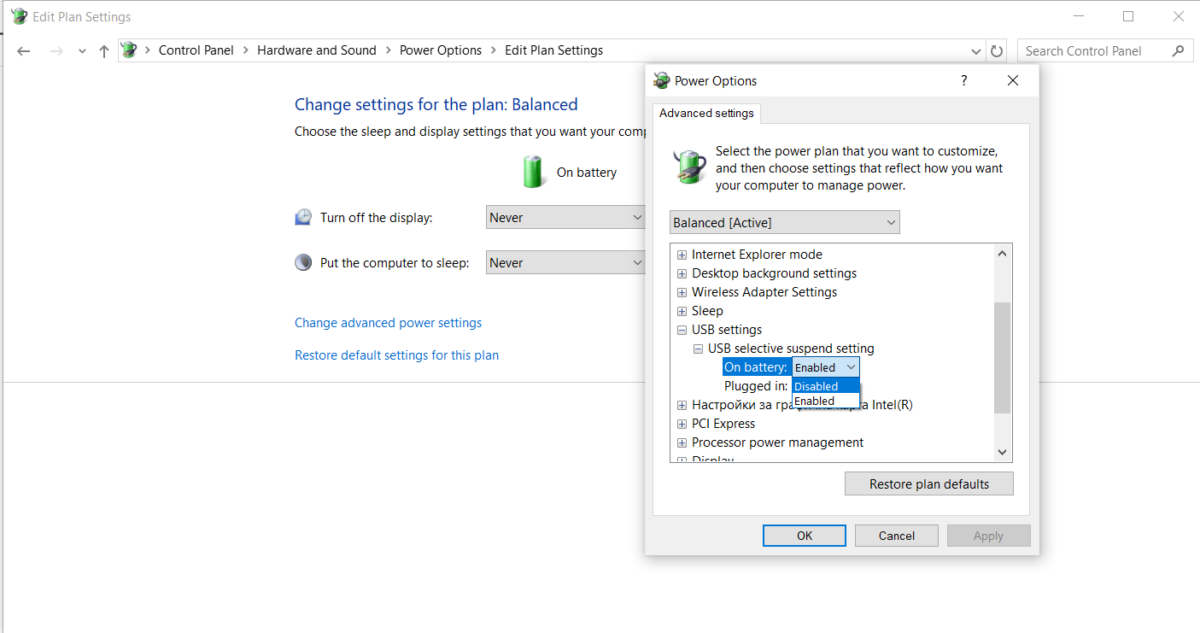
8. Reinstall the USB Root Hub
If your problem persists, it might be time to reinstall the USB root hub entirely. Uninstall the USB root hub first:
- Go to Start > Control Panel > Device Manager > Universal Serial Bus Controllers.
- Click and expand the options to find USB root hub.
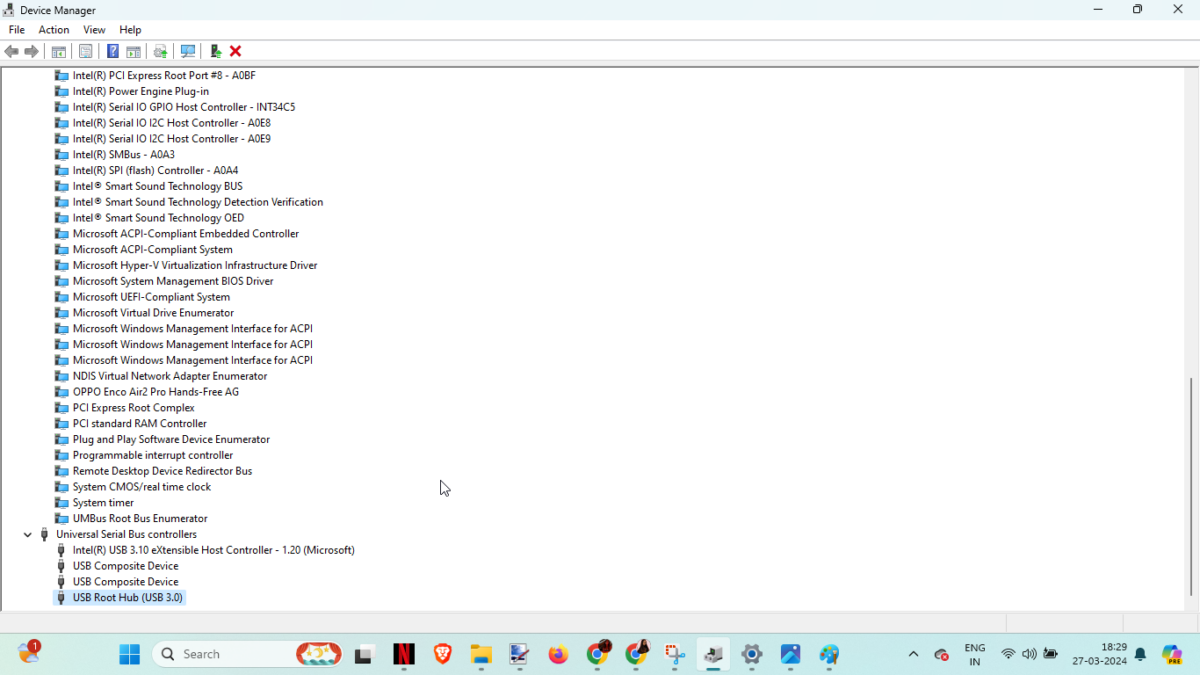
- Right-click on it, and choose Uninstall.
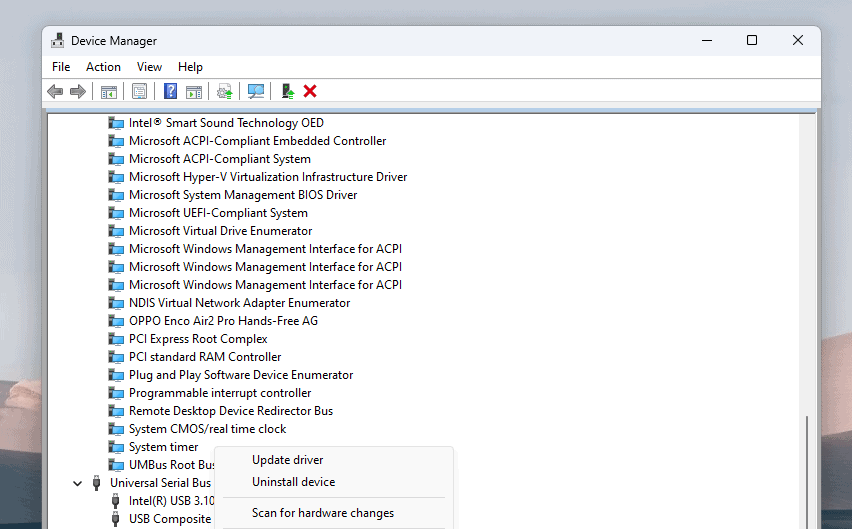
This works if your USB root hub has been corrupted by malware or is simply outdated.
To reinstall it, right-click on the USB root hub and select the Scan hardware changes option. Alternatively, restart the computer to let Windows 10 automatically reinstall all missing USB root hubs.
9. Do an SFC Scan
Do you have corrupt files in your system that are preventing Windows 10 from recognizing your USB? You can run the DISM tool to find out:
- Go to Start > Command Prompt.

- Right-click on the application and select Run as administrator.
- Paste the following and click Enter: DISM.exe /Online /Cleanup-image /Restorehealth
- Once the process is complete, paste the following and click Enter: sfc /scannow
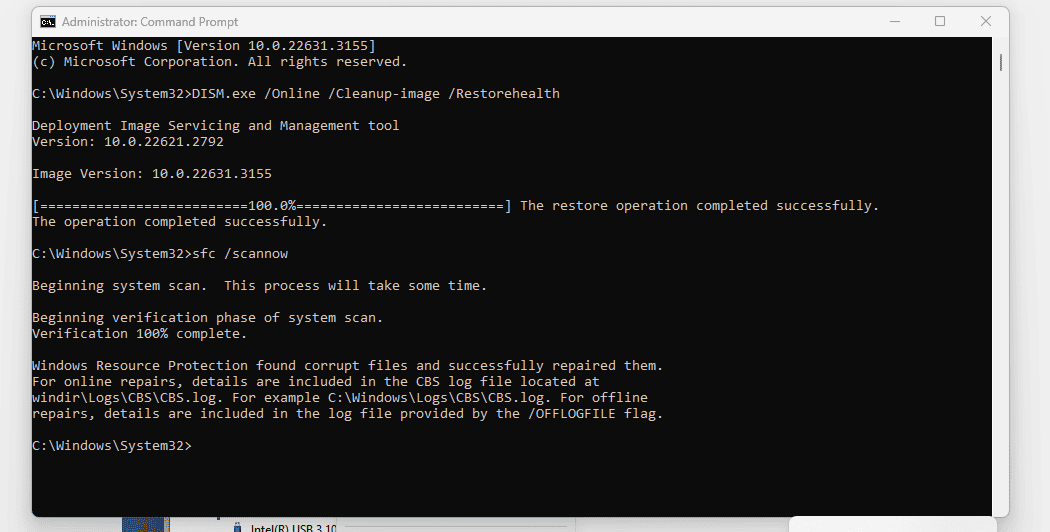
Wait for the verification to be complete. It might take up to 5 minutes. Windows 10 will repair corrupt files in case it finds them.
10. Show Hidden Devices
Sometimes, your PC might have hidden devices that stop Windows 10 from recognizing a USB connection. To view them, follow these steps:
- Press the Windows key + R, type cmd, and click on OK.
- You can also go to Start > Command Prompt and run it as an administrator.
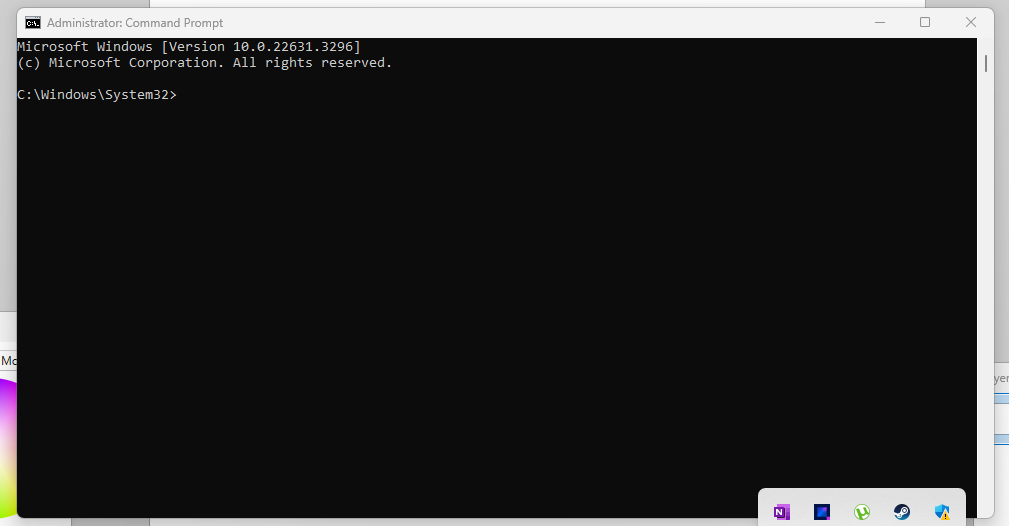
- Paste the following lines of code individually followed by Enter every time:
set devmgr_show_nonpresent_devices=1
start devmgmt.msc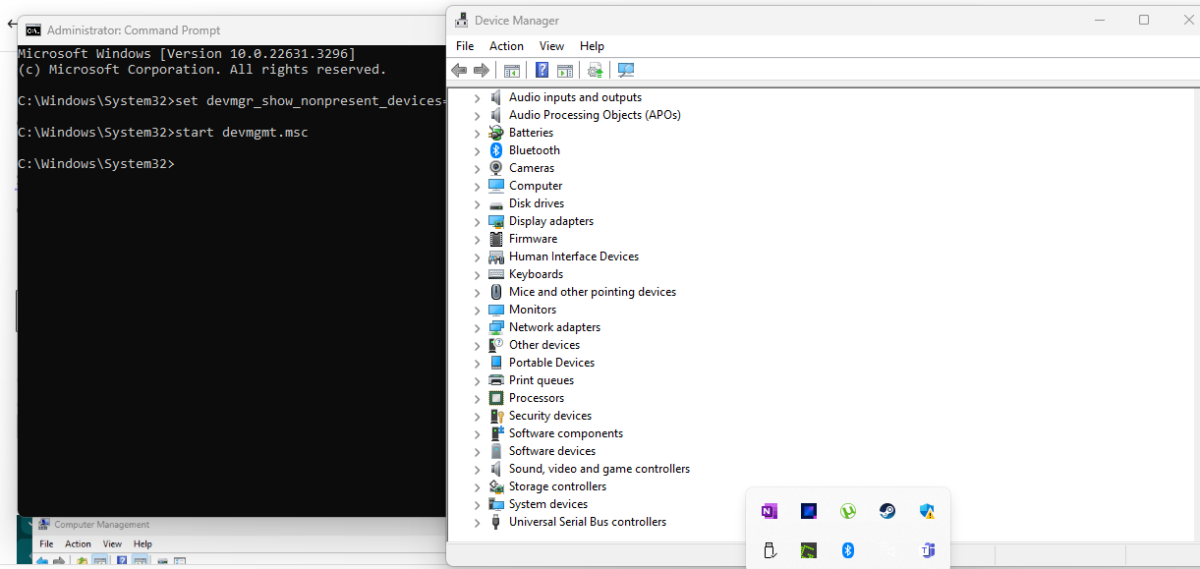
This will open the Device Manager with a list of all your devices. If a USB was hidden before that, it should now work properly.
The solutions I showed you above have been quite useful in resolving the Windows 10 doesn’t recognize USB problem for me.
Start from the first fix, and if doesn’t help, work your way down to the more complex solutions.
Let me know which method did the trick for you in the comments!

